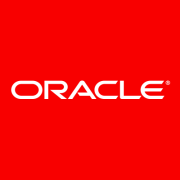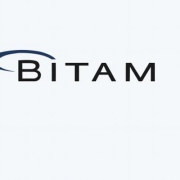Business Performance Management solutions provide tools and systems designed to monitor, manage, and enhance an organization's business performance. They integrate various processes to drive better decision-making and strategic planning through data insights.
Business Performance Management solutions typically include dashboards, reporting, analytics, and budgeting tools. They allow companies to align their strategy with performance objectives, ensuring more effective goal tracking and financial accuracy. Organizations use these solutions to identify inefficiencies and optimize operational workflows. They assist leadership in identifying trends and opportunities for growth while maintaining a focus on overall business health.
What are the critical features of Business Performance Management solutions?In manufacturing, Business Performance Management solutions optimize production processes and inventory management. Financial institutions utilize them for enhanced risk management and liquidity tracking. Retail businesses use these solutions for sales forecasting and customer behavior analysis, leading to better demand planning and customer engagement strategies.
Business Performance Management is helpful for organizations as it provides a comprehensive approach to evaluate and enhance their strategic and operational performance. It empowers businesses to leverage data for actionable insights and maintain competitive advantage.


















































Business Performance Management solutions enhance decision-making by providing real-time access to critical data. These tools gather and analyze data from various departments, giving you comprehensive insights into your business operations. With accurate and timely data, you can make informed decisions, identify growth opportunities, and anticipate challenges. Implementing these solutions helps you align your strategies with your business goals, leading to improved performance and competitive advantage.
What are the key features to look for in Business Performance Management software?When selecting Business Performance Management software, look for features such as data integration, customizable dashboards, and robust reporting capabilities. The software should support collaboration with easy data sharing and offer predictive analytics to forecast future trends. It should include performance monitoring tools that provide real-time insights and align with your organization's specific needs. Additionally, check for scalability to ensure it can grow with your business.
Why is real-time data analysis important in Business Performance Management?Real-time data analysis is crucial in Business Performance Management because it enables you to make timely decisions. By accessing up-to-date information, you can quickly identify trends, assess performance, and respond to changes in the market. This capability prevents data silos and ensures all departments have the information they need to function effectively. Real-time analysis leads to increased agility and the ability to seize opportunities as they arise.
How can Business Performance Management solutions drive cost efficiency?Business Performance Management solutions help drive cost efficiency by identifying areas where resources can be optimized. By analyzing financial and operational data, these solutions highlight inefficient processes and unnecessary expenditures. They provide insights into resource allocation, enabling you to reduce costs without compromising productivity. Implementing performance management solutions ensures a more strategic approach to budgeting and resource management.
What role does predictive analytics play in Business Performance Management?Predictive analytics plays a significant role in Business Performance Management by forecasting future trends and outcomes. It uses historical data to predict potential scenarios, helping you plan more effectively and mitigate risks. With predictive analytics, you can anticipate market changes, customer behavior, and operational challenges. This foresight allows you to develop proactive strategies that align your business practices with expected future developments.